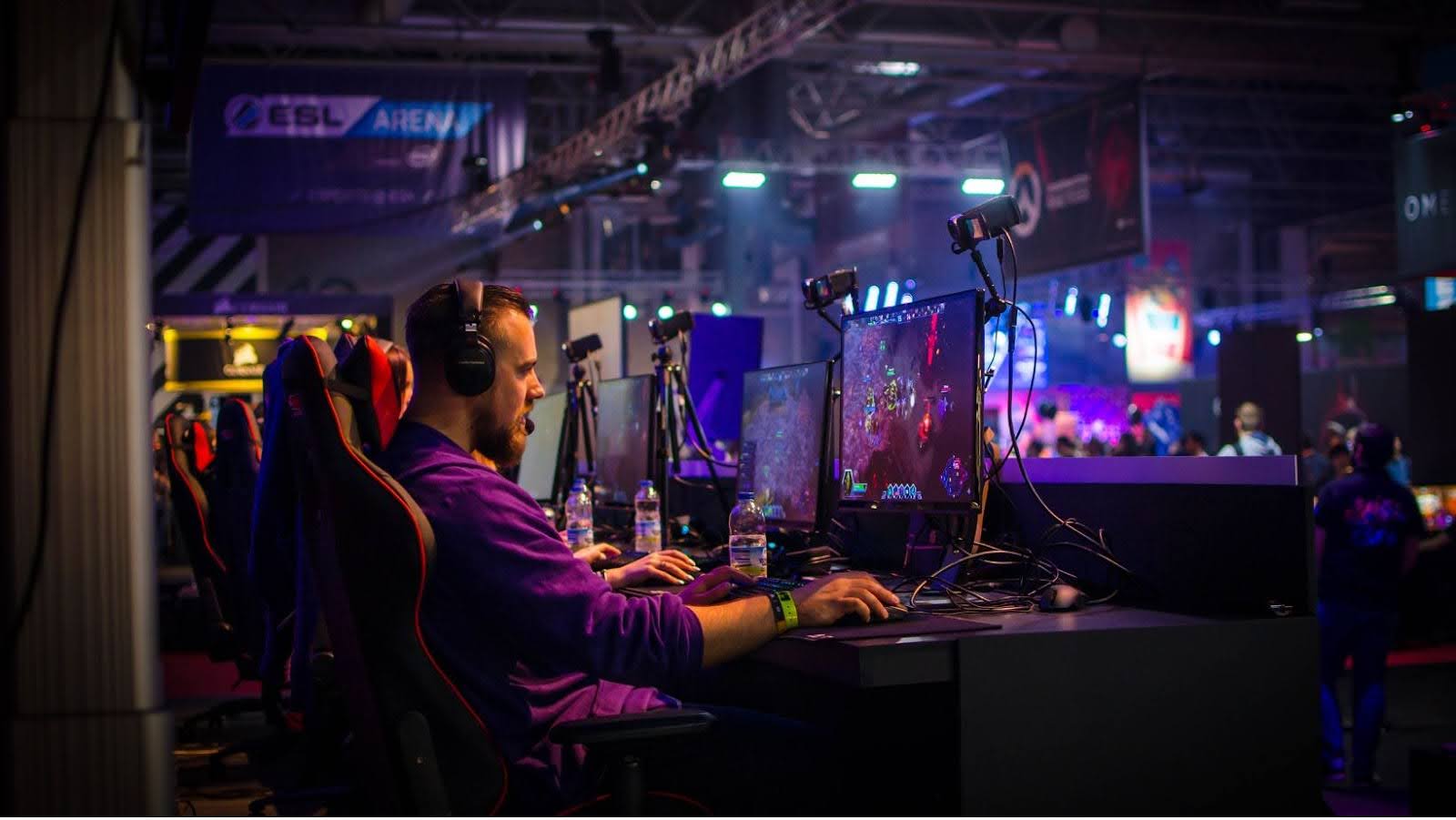In recent decades, esports has shot from a niche hobby to a fully-fledged global phenomenon, with a youthful audience driving it to rival traditional sports in popularity, viewing figures, and economic impact. And there are similarities with traditional sports, as both require skill, commitment, teamwork, and training. However, there are profound differences too, in how they are played, perceived, and experienced around the world. Let’s compare the two.
What Are Esports?
Short for electronic sports, esports encompasses organized video game competitions, often between professional players or teams, often online but also at large staged tournaments across the world. There can be serious prize money on offer at the largest and most prestigious events.
Games like League of Legends, Counter-Strike: Global Offensive and Dota 2 are some of the most popular games on the esports circuit, but racing games and other sports titles are also widely played. Despite being relatively new, esports has rapidly scaled into a multibillion-dollar industry, boasting large international audiences and significant sponsorship deals.
Skills And Training
Traditional athletes must maintain peak physical fitness and employ extensive training regimens to refine their skills and prepare for events. Cardio exercises, strength training, strategy, and practice are used as well as drilling. This is to bolster physical endurance, speed, agility, and coordination, and although training will vary depending on the sport, these are the cornerstones.
While esports competitors may not require physical training to the extent of traditional athletes, they must possess exceptional hand-eye coordination, quick reflexes, strategic thinking, and deep knowledge of their games in order to compete for the top prize money and earn from their gaming skills. Training regimens for professional gamers can involve 8-12 hours of daily practice, along with mental conditioning to handle stress and maintain focus during high-stakes matches.
Audience Engagement and Growth
Traditional sports have historically been more popular, with deep-rooted fan bases and traditions passed down through generations. Major events like the FIFA World Cup, the Olympics, and the Super Bowl draw billions of viewers and create a sense of communal experience. Broadcasting rights, ticket sales, and merchandise drive significant revenue.
In the last decade, esports has surged in viewership, particularly among younger demographics. Streaming platforms such as Twitch and YouTube have enabled real-time interaction between players and audiences, enhancing fan engagement. Tournaments like The International for Dota 2 and the League of Legends World Championship attract millions of viewers, with prize pools sometimes surpassing those of traditional sports events.
Economic Impact
The economic contribution of traditional sports includes stadium construction, sponsorship deals, athlete endorsements, and associated industries like broadcasting and tourism. The global sports industry is valued in the hundreds of billions of dollars and contributes significantly to local economies through events and sporting infrastructure.

Although younger, the esports industry has rapidly grown, supported by sponsorships, advertising, media rights, and merchandise sales. Tech companies and brands are heavily invested in esports, recognizing its potential for reaching tech-savvy audiences. Some major tournaments offer prize pools of over $30 million, signaling esports’ financial viability. The total global esports market has been estimated to reach several billion dollars annually, with continuous growth.
Recognition and Legitimacy
Recognized globally as a symbol of health, teamwork, and national pride, traditional sports have long enjoyed legitimacy and mainstream appeal. International bodies such as the International Olympic Committee and FIFA oversee rules, regulations, and fair play.
While esports has made strides in gaining recognition, it still faces skepticism regarding its status as a “real sport.” However, many countries now acknowledge esports as an official sport, and some universities offer scholarships for esports athletes. The increasing coverage by mainstream media and participation by traditional sports organizations, such as the NBA’s investment in esports leagues, also bolsters its credibility.
Community and Culture
Traditional sports inspire a culture of physical activity, teamwork, and competition, and serve as a unifier across different backgrounds. Sports often have a local or national focus, fostering regional pride and identity.

Esports culture is global, driven by online communities that transcend geographic boundaries. The shared experience of watching live streams and participating in digital discussions has created a new type of social engagement. The culture celebrates inclusivity, innovation, and diversity in ways that traditional sports are only beginning to explore.
There are many parallels between traditional sports and esports, despite the inherent differences in the playing and enjoyment of them. Both are recognized as activities that require skill, determination, and a fierce will to win.

